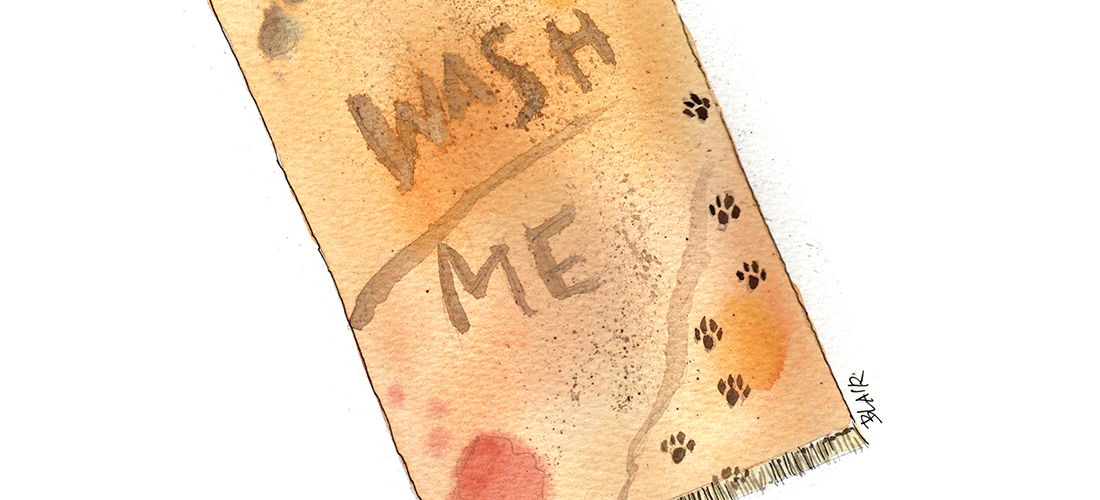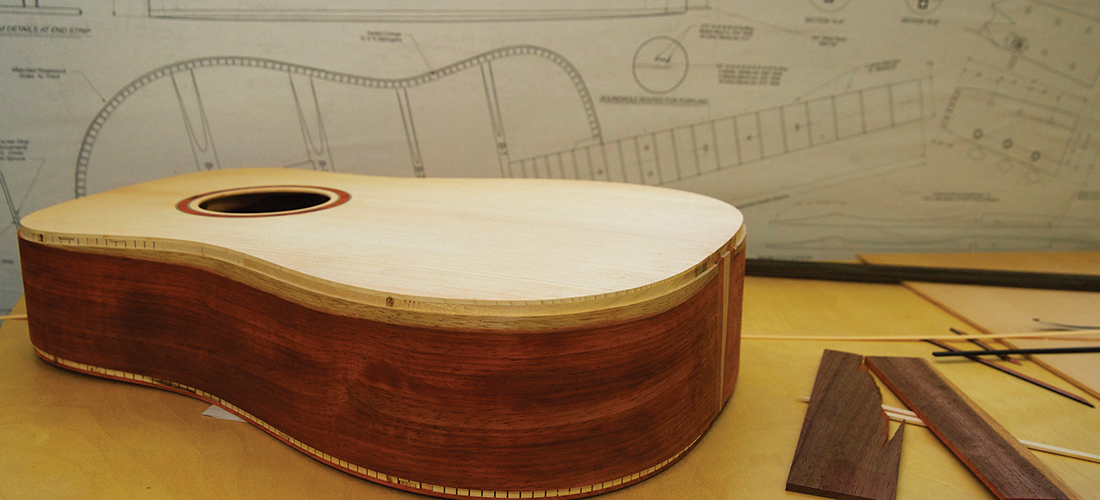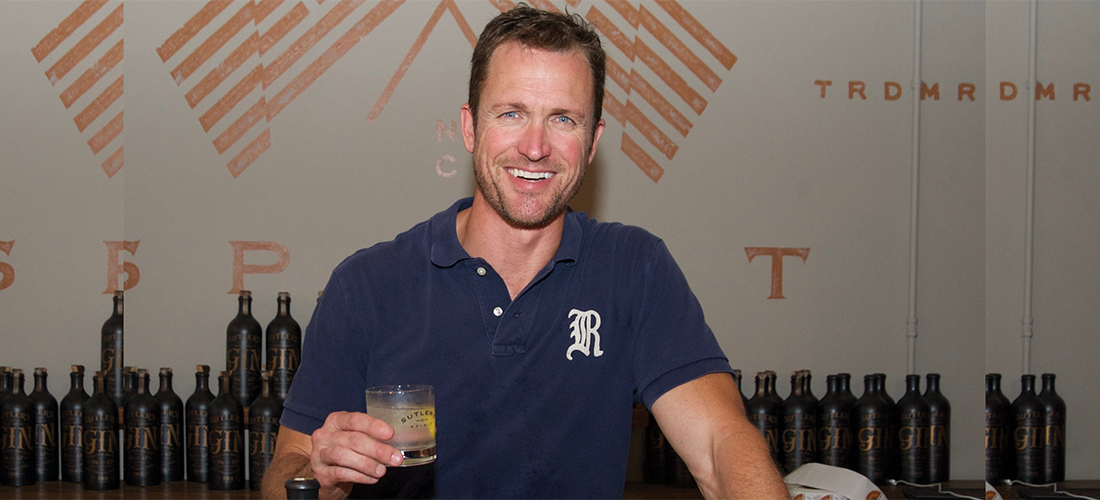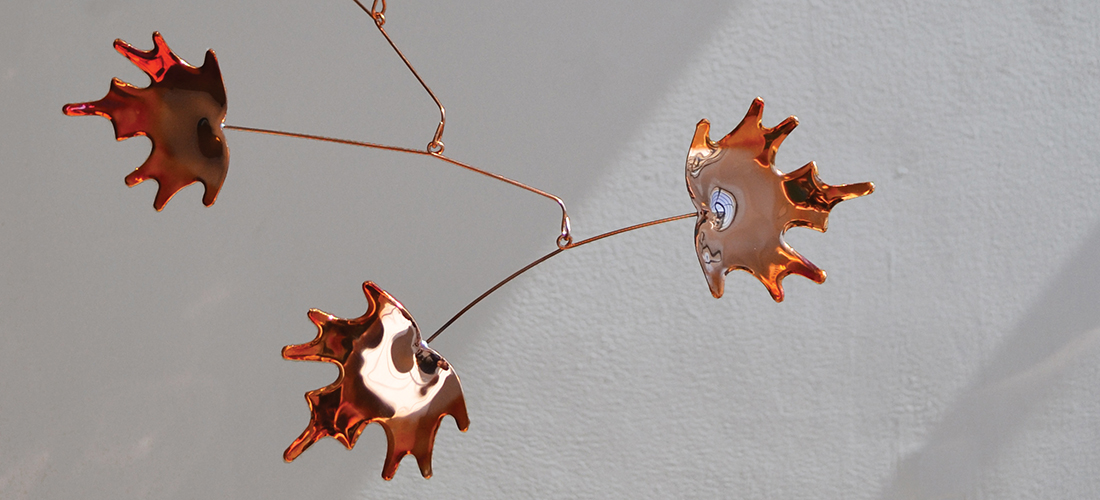Wandering Billy
Railroaded
An homage to the rails, dear old Dad and Greensburgers
By Billy Eye
“I’ve upped my standards. Now, up yours.” — Pat Paulsen
You may recall the Carolina Model Railroaders exhibit located in what was the “Colored Waiting Room” of the downtown Depot (rechristened the Galyon Depot). Beginning in 1975, the club was the only permanent occupant the Depot had for a couple of decades, when the main concourse was leased out for private parties and 1990s’ raves. The museum was relocated on the property in 2003 and has its new home in the space once occupied by the Railway Express Agency (REA) offices and operations. What the Railroaders are up to in there is nothing short of astonishing. Visitors will encounter a massive, HO scale replica of the rail lines between here and Spring Garden Street, and beyond. Hundreds of buildings and familiar cityscapes you’d recognize along a route reach from floor to ceiling in this 2,400-square-foot space.
Their blueprint is based on aerial photography from 1966. Kenn Cassell and Walter Sabin head up a motley crew, in that they are celebrating the legacy of Governor John Motley Morehead, who had the foresight to make our state a leader in rail transportation back in the mid-1800s. See for yourself their impressive collection of memorabilia and witness this work in progress, perhaps lend your tinkering skills to this remarkable undertaking. The display is open to the public Saturdays, Sundays and Thursday evenings.
I was early to a meeting for this very magazine on Banking Street, so I enjoyed a delightful but short visit with Charlie Jones, whose Leasing Financial Inc. office is off Pembroke, close to Carolyn Todd’s, where my mother was especially fond of shopping. After retiring in the 1980s, my dad went into business with Charlie. Back in 1990 while I was visiting my father, who was dying of a brain tumor, we had met briefly a couple of times. Charlie and his partner would stop by the hospital hoping that it would be a lucid day for dear old Dad and they could get advice on how to structure a leasing deal or decipher some notation of his. But, alas, by that point my father assured us he was “looking out over the golf course” from his room at Cone. (A result of the tumor unless he’d developed X-ray vision.) First thing Charlie said to me was, “Did my wife get in touch with you?” By coincidence, Charlie had read something I had written for O.Henry and had been looking for a way to get in contact to say how much he enjoyed it. Charlie told me about how, when he and dad used to work together, my father would be standing in the doorway. Without saying a word, Dad would be tapping his watch as if to say, “You’re late.” Ironic, considering my dad never ever worked a day past noon. When he’s not navigating a sea of ever-changing business models, Charlie and his wife, Stella, enjoy summer sailing the Chesapeake Bay and spending time with their seven grandchildren.
“I am neither left wing nor right wing. I am middle-of-the-bird.” How fondly I remember how, forty years ago, perpetual presidential candidate Pat Paulsen made a whistlestop at Aycock Auditorium. There, he boldly struck back at his critics, “They said I ignored the drug problem. Well, I gave speeches on drugs, I wrote books on drugs. . . . I did darn near everything on drugs!” It is widely regarded as somewhat true that Paulsen syphoned off enough votes from Hubert Humphrey in 1968 to lead to the election of Richard Nixon who, almost immediately, pressured CBS to cancel The Smothers Brothers Comedy Hour, the show where Paulsen appeared regularly.
At College Hill Sundries, conducting deep cover research into the effects of cheap booze on a fragile psyche, I was struck by an old building behind the place. Well, I’m pretty sure the building remained stationary and I struck it, whatever. No. 544 Mendenhall is currently home to a church but this is one ancient structure! With the original wood siding and antique doors dating back to 1921, when it was constructed for what became Matlock Grocery from 1924-1945, it later became the longtime home to Cockman Plumbing & Heating. This was a corner property beginning in 1927 when Morehead Avenue briefly cut through the neighborhood.
As many of you have noticed, our city is once again on a wartime footing in a way it hasn’t been since 1945, only now it’s a battle over beef patties. Business Insider has recognized two local eateries in their “50 Best Burger Joints in the Nation” listing: Big Burger Spot (No.14) and Hop’s Burger Bar (No.17). Esquire magazine determined Burger Warfare’s “Hell in the Pacific,” topped with Scorpion Sauce, fried jalapeños, habañero chow chow, pepper jack cheese and chimichurri, to be the “Most Over-The-Top” sandwich in the state. Alternatively, my pal Randy Barnes has been sampling hamburgers at every place that serves them in the county. His detailed rankings and reviews can be found, appropriately, at HamburgerSquare.com. His three local favorites are served at The Worx, Lucky 32 and Mark’s. OH
Billy Eye will gladly pay you Tuesday for a hamburger today.










